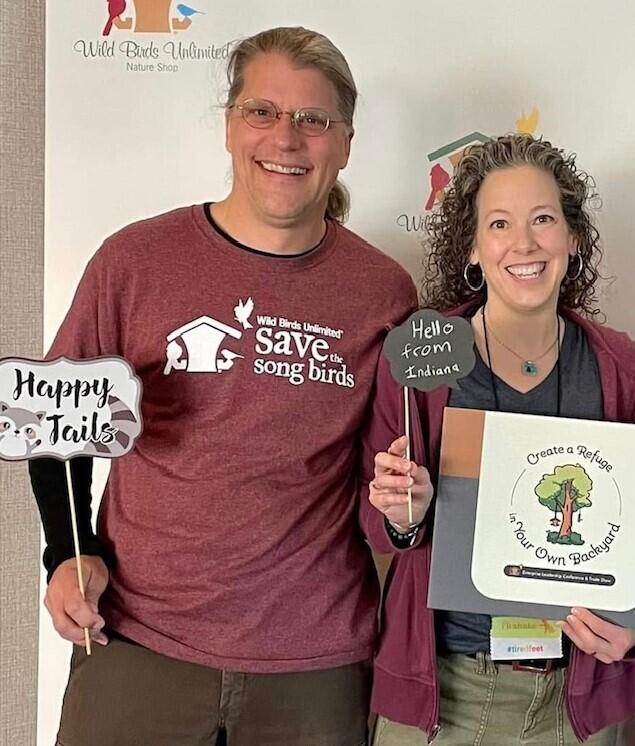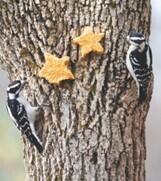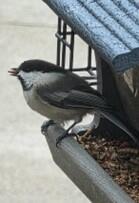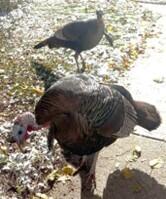
Question: When did you join Wild Birds Unlimited? We were customers of WBU for about 10 years before we opened our own store on March 1st, 2017.
Question: What’s your favorite part of being a valuable member of the team? The community! We love supporting bird conservation efforts in Livingston County, but we also love our staff, our customers, and being a part of the small business community in Brighton.
Question: What’s your favorite bird? We have two different spark birds that made us fall in love with birding. For Mitch, it is the Northern Flicker, our second largest woodpecker species. And Laurel’s is the Cedar Waxwing, a beautiful berry loving bird we see all year.





